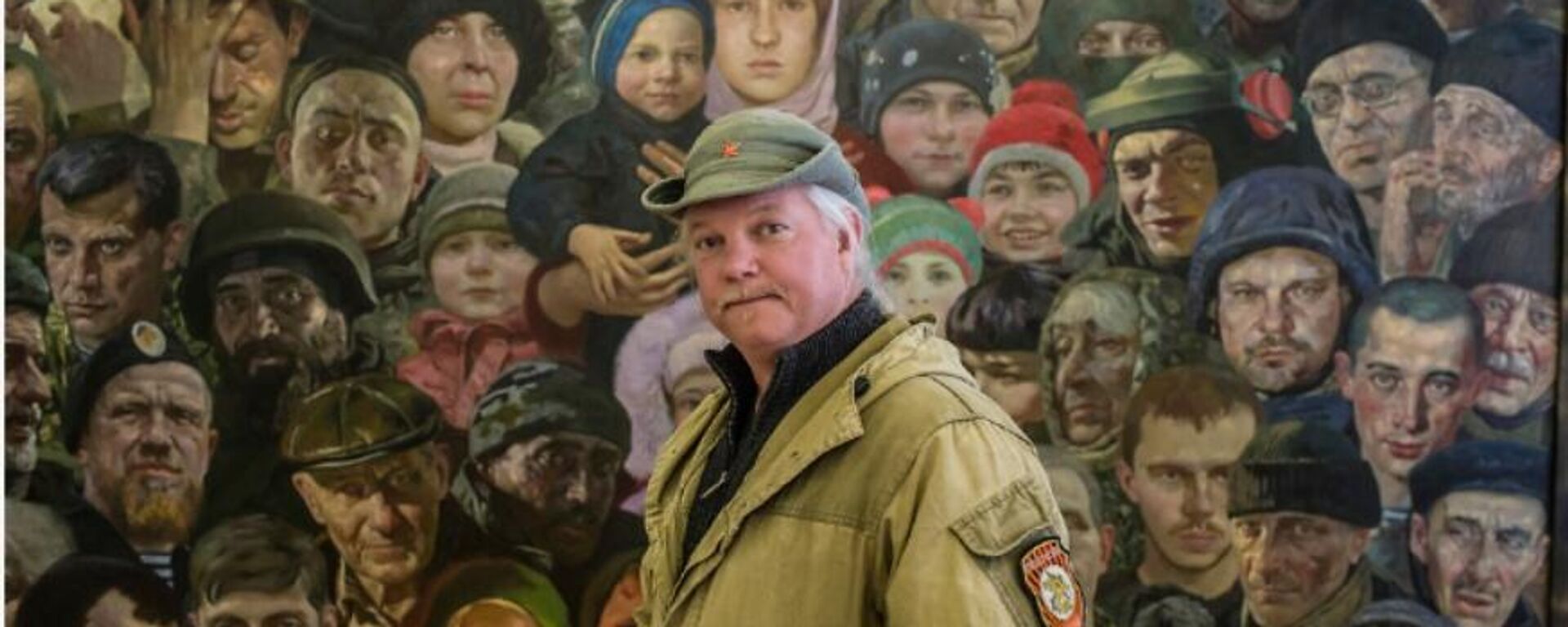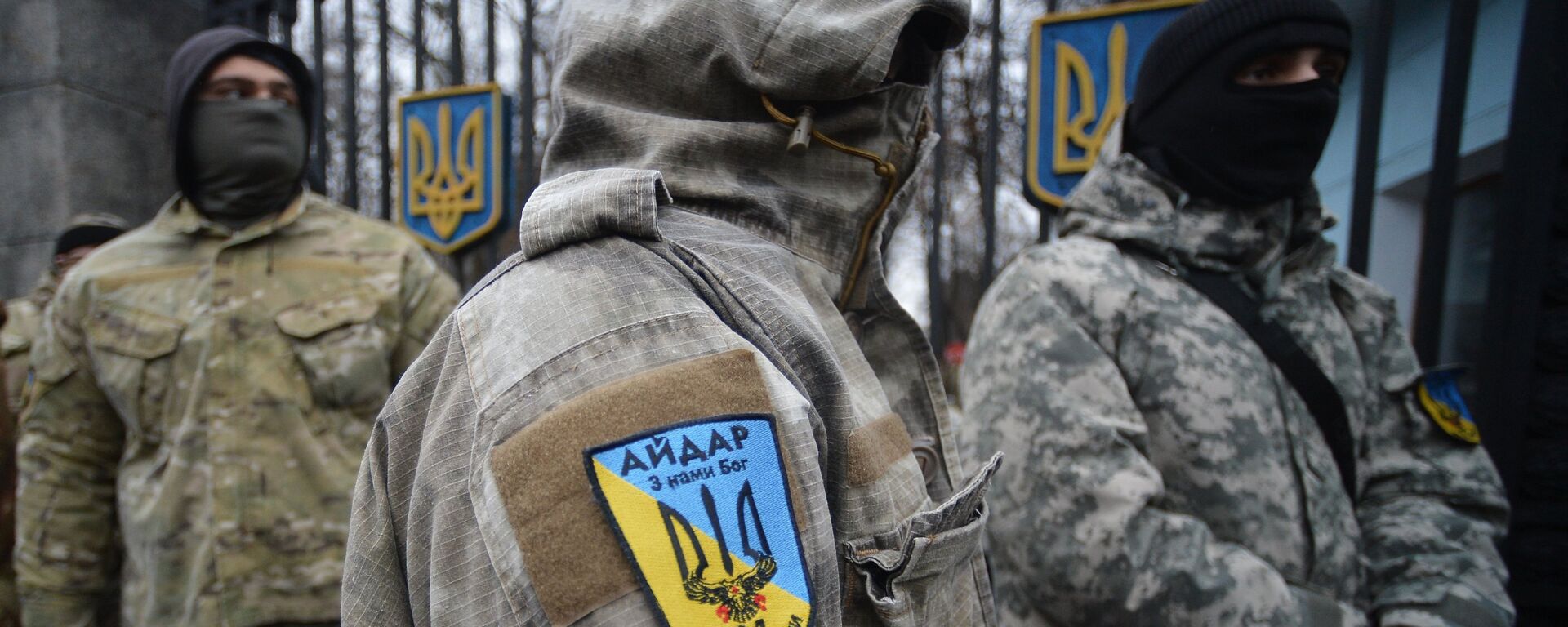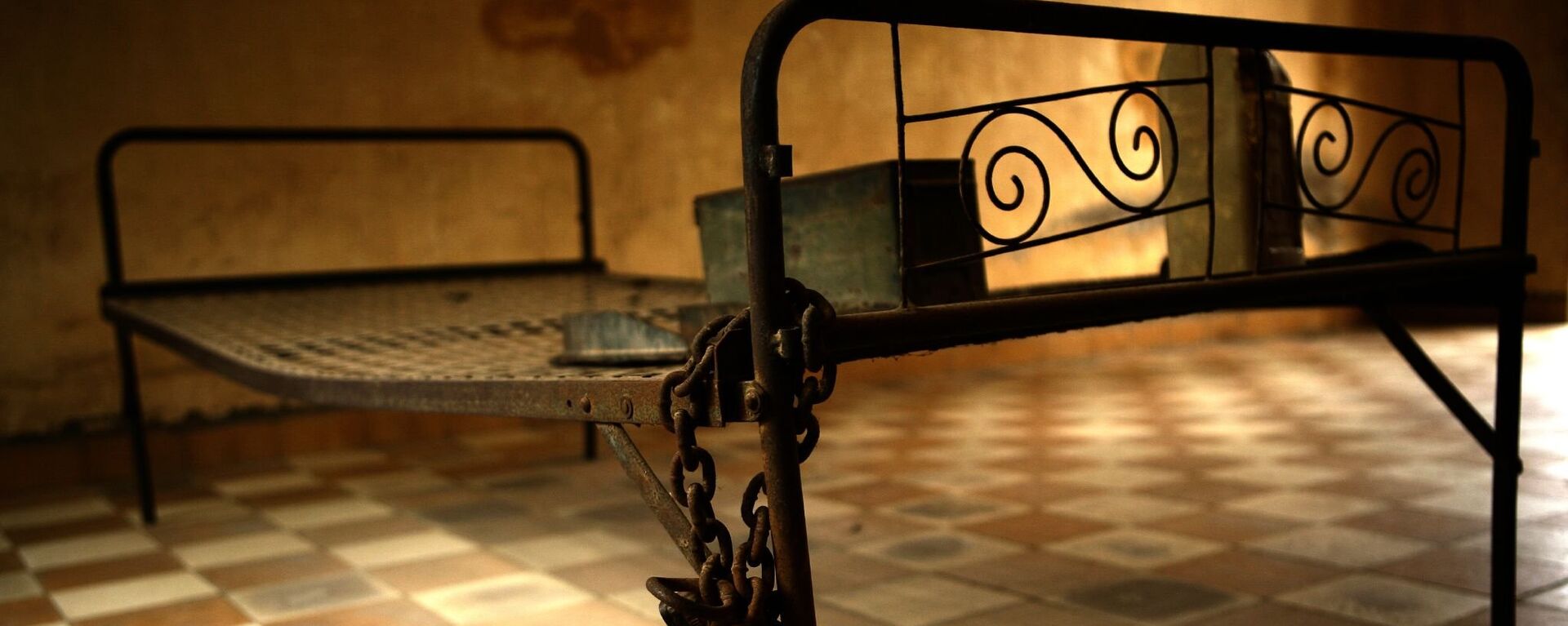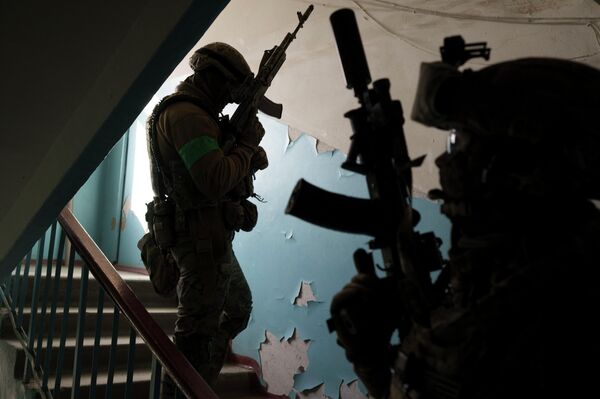
'Blood on the Walls':
As NATO leaders gathered in Lithuanian capital of Vilnius this week, they debated how much weapons and money to send to Ukraine. Despite some clear points of tension, there was no fundamental disagreement about the basic morality of supporting Ukraine - a government that has regularly weaponized torture against civilians and prisoners of wars over the past nine years.
A report published last month by the United Nations Humans Rights Office found that dozens of civilians were recently tortured "in official pre-trial detention facilities" by Ukrainian security forces. Similar testimony was provided by a Russian law enforcement source, who told Sputnik in May that Ukrainian police had set up torture chambers in Kherson to interrogate local residents over "ties with Russia."
These cases are not isolated incidents. Sputnik has spoken to three survivors of Ukrainian torture chambers – Russian-born Donetsk civilian Alexandra Valko, metalworking specialist Andrey Sokolov, and Larisa Gurina, a former police officer from Kharkov – about their experience in captivity. All three spoke candidly about how Ukrainian forces kidnap civilians suspected of disloyalty and beat, stab, starve, and water board them in hopes of extracting a confession.
"During the Second World War, fascist regimes did not bring such grief, such horror to their own people, as Ukraine did at that moment, in fact, it continues to do now. Therefore, I could not agree with this illegal government, which seized government institutions, which tried to infect the entire people of Ukraine with this insanity. As far as I could manage, I resisted these new so-called authorities. I did not shoot at anyone, did not blow up anything. But what I could do, I tried to do, at least to support those people who resisted this illegal seizure of power and recklessness, this criminality."
"You could scream there as much as you can, no one from above would hear. They sometimes locked me in the shower room. It was a 15 square meter room. The height of the ceilings in this building was high, about 3.5 meters. The walls in this room were covered with tiles. Just imagine: people were beaten so harshly that blood splattered up to the ceiling. They washed the blood off the tiles, but on the ceiling these brown spots – sometimes not quite brown yet – remained."
"They beat me in the head, they beat me in the stomach and in other ways, in general, this is a very hideous story," Larisa recalled. "I was very scared when they threatened to kill my loved ones: my son, my mother, my granddaughter. My granddaughter is an orphan. They promised to treat them especially cruelly. I publicly, in front of all the investigators, renounced my loved ones. I said that I did not care about their fate, portrayed complete indifference, although this was the biggest fear, the biggest pain."
"My son was turned into a bag of bones; he was absolutely black [from hematomas]. He had no face; both his arms and several ribs were broken."
"They were told that I was a [pro-Russian] activist. On January 27, 2015, I was taken prisoner. At 11 o'clock at night, 12 people in balaclavas with machine guns, with Right Sector and Azov stripes broke into my apartment. And they took me away. I was in captivity for 19 days."
"They beat me very hard, there were three fractures on my face. My nose was broken. They knocked out my teeth. Then they started to poke me with a knife, everything was poked, they wanted to gouge my eyes out. And all the time they told me that I was born in Russia and that I was a Rostov saboteur."
"What they did to her was worse than torture for me," Alexandra recalled. "I was sitting in the room and heard the voice of my daughter behind the wall crying: 'Mommy, mommy, please save me, it hurts so much.'"
"These are not people, these are fascists," Valko said about her tormentors. "They need to be rooted out. They did not just take 19 days of my life – I lost 20 years of my life after being tortured, after undergoing all that. There were lots of people like me there. Do not believe Banderites. They are worse than fascists."
"In December 2014, I traveled from Russia to Ukraine at the invitation of my acquaintances who worked in the Donetsk People's Republic as local authorities. This was at a time when the front did not have a clear line and the republics had just gained their independence."
"For two weeks, I was first kept at the location of some Ukrainian military unit, in a basement fenced with makeshift bars," Andrey said. "After that, they transferred me to another military unit and kept me in a shipping container that stood on the street, and, accordingly, there were no windows at all, nothing, the doors were locked, and I didn’t even know whether it was day or night."
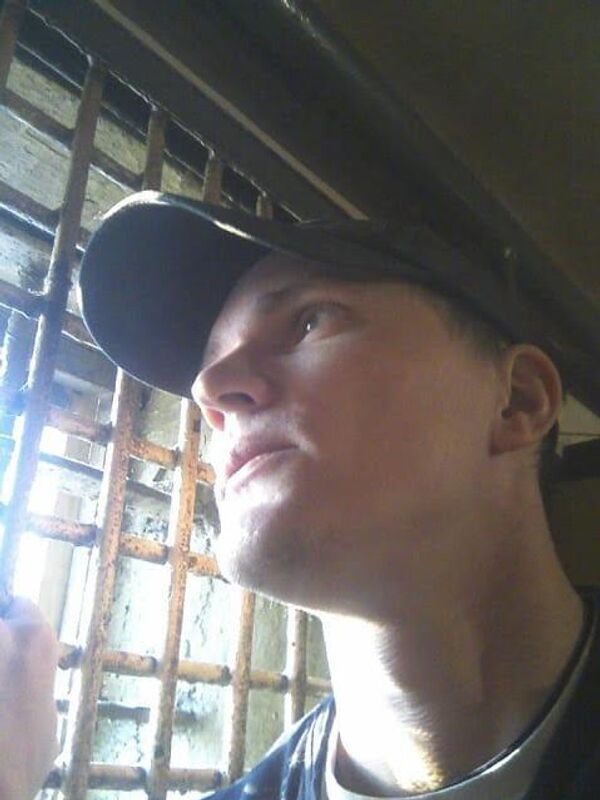
"They tell you what to answer and you have to answer it to the video camera, if you make a mistake with something, the camera is turned off and several punches are given to your body so that you understand how to answer correctly," Sokolov recalled.
"They used stun guns; they bound a person so that he/she cannot move. One of the ATO’s common interrogation techniques was when they would put an empty bag on a person's head and wrap it with tape so tightly that the person actually suffocates. They would keep it that way for several hours, periodically beating the person. There is also a standard torture practice called 'the wet rag.' This is when a person is placed on the floor of the room, an SBU officer sits on his chest, and another officer puts a rag – an old T-shirt or something else – on the person's face. The officer presses the cloth tightly against the prisoner's face so that when he pours ordinary tap water from a bottle, it causes the rag to stick to the face, making you feel as if you are suffocating under water. That is, it is suffocation torture. It leaves no traces, no bruises, nothing."


"From 2014 to the beginning of the special military operation [on February 24, 2022] we have exchanged more than 1,300 people. Almost all of them were subjected to torture," Daria Morozova, commissioner for human rights in the Donetsk People's Republic, told Sputnik. "Now we see that this is only getting tougher, unfortunately. Previously, Ukraine was at least silent about it, we could only prove [instances of torture] by inviting various international organizations to work, which talked to them, examined their sites, and published it in their reports. Now Ukraine has no scruples about posting in the media, on the Internet, [videos] in which our soldiers are not only tortured, but are also killed and cruelly tormented."
"I believe that this is due to the fact that over the course of nine years, we have repeatedly raised these issues in the Minsk process, and have raised this issue with international human rights activists, but absolutely no sanctions have been applied to Ukraine. And because no sanctions have been applied to Ukraine, this is getting tougher and tougher, as they simply have a feeling of impunity," Morozova concluded.



